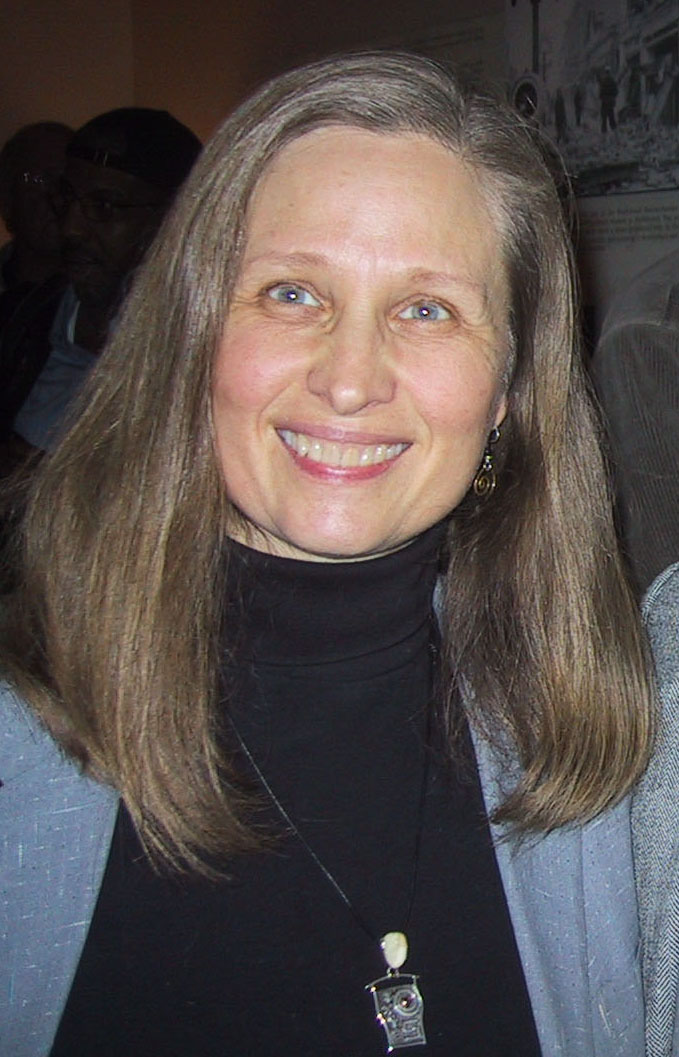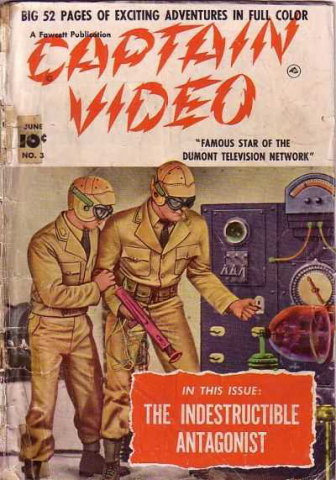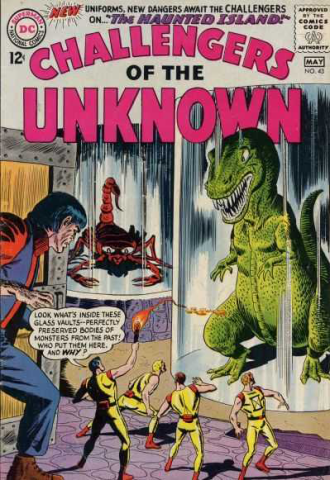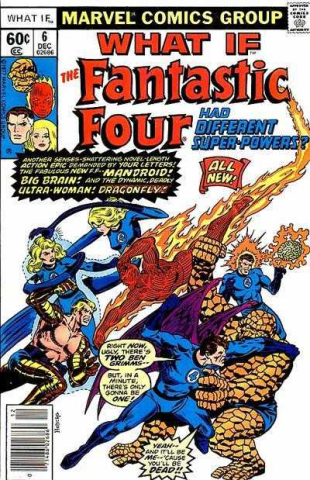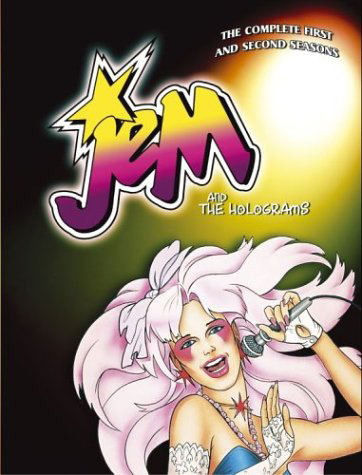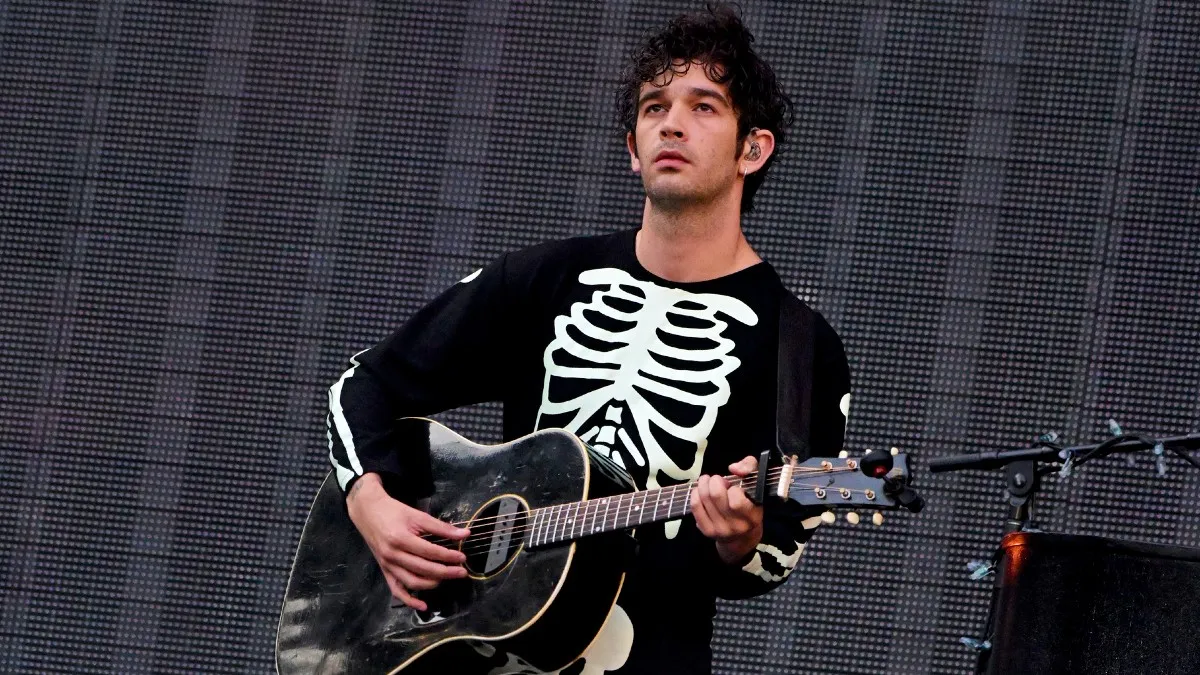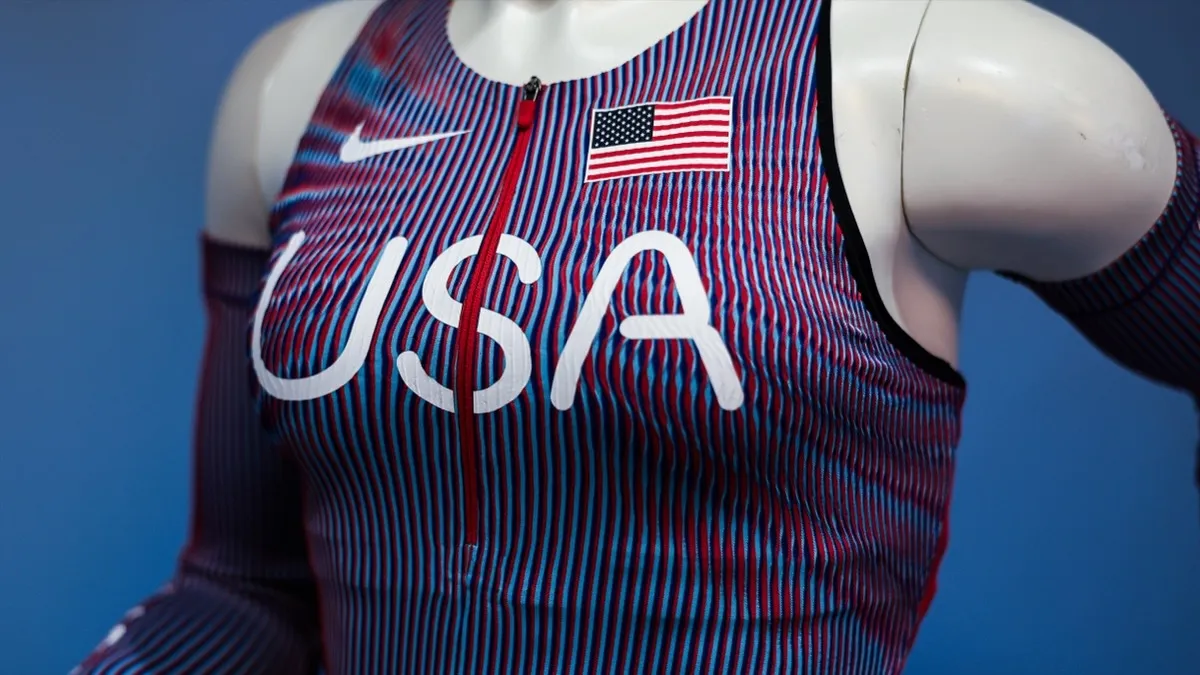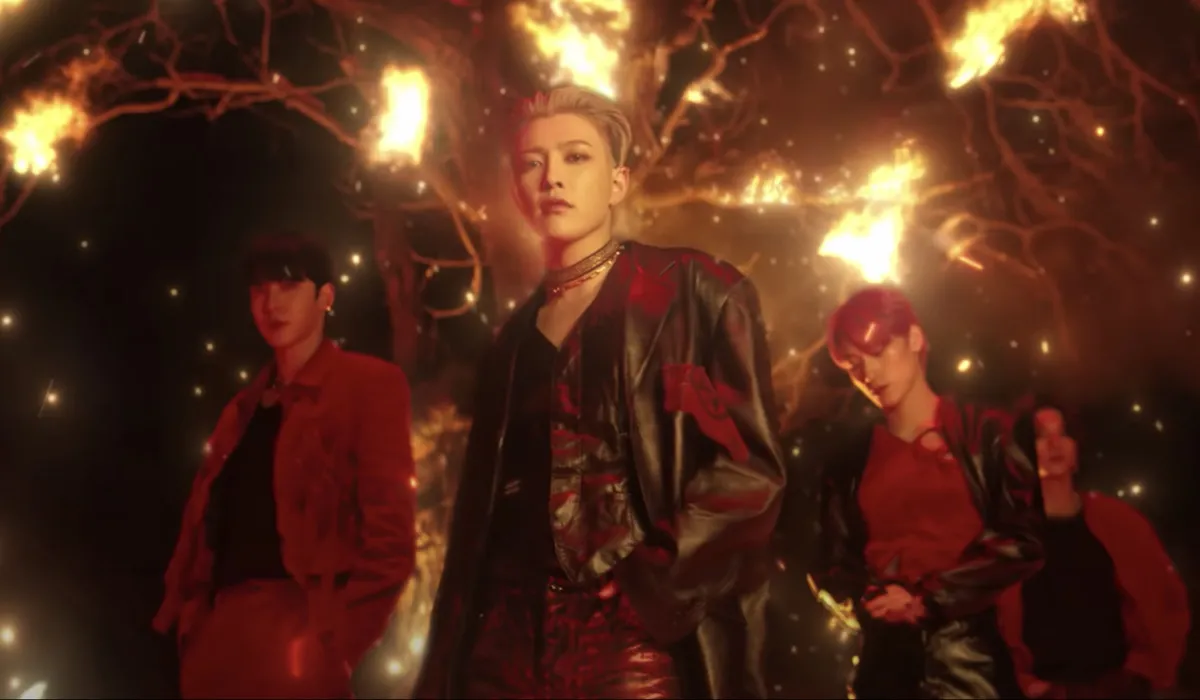This interview is in four parts, because there was so much to talk about! You can navigate through each section at the bottom of each page.
Christy Marx has been involved in pretty much every geek corner of entertainment possible, most visibly in the 1980s with the Saturday morning cartoon series Jem and the Holograms and her creator-owned comic book series, The Sisterhood of Steel. From comics to animation to computer games to mobile games and beyond, Marx has kept pace with emerging technology and helped shape the ever-shifting zeitgeist. Her career is a story of tenacity, fortitude, and raw talent harnessed together, always pushing herself forward. As a writer and collaborator, she’s full of humor and ideas, and has weathered just about every challenge imaginable.
Due to technical difficulties, this interview was actually conducted twice. Any faults with the transitions of the topics lie solely with the interviewer.
Rachel Gluckstern (TMS): Tell me a bit about your childhood and when you first encountered comic books.
Christy Marx: I first encountered comics at my grandmother’s house, and I was reading them surreptitiously, because my parents were from that era when comics were considered … Not Good for kids, especially for a girl. It was at that time when they associated comics with juvenile delinquency, which is, of course, ridiculous, but my parents were rather anti-comics. I don’t know if they knew I was reading these at my grandmother’s house, but the first one I remember was a very obscure comic book that dealt with an invincible robot. I remember it had this profound impact on me and scaring the crap out of me!It was striding about through flames and killing all the scientific minds it could find because its mind was much more brilliant. Finally, our hero—who was essentially a jet pilot—would challenge him in this arena and defeated it by asking a question about human emotions, which, of course, the robot can’t answer, so in a fury, the robot tore itself apart.
I never got to find out what that story was. The next time I went to my grandmother’s house, it was gone. So I spent years trying to find out what this comic was. I’d go to Comic-Con and go around to all the dealers, and I’d describe this story and what I remembered of it. No one ever knew what this comic was. And then a very short time ago, about a month or so, I was reading an interview with Roy Thomas about how he created Ultron. And he starts describing this story that inspired it, and I started virtually jumping up and down in my seat because I realized he was talking about the exact same comic book. He identified what it was, and I looked it up, and sure enough, that was exactly the same comic book!I called Roy, and we had a great wonderful humorous chat about that, our love of the story and how it affected us.
RG: And that story was…?
CM: It was Captain Video!Captain Video #3. It was obscure. I’d never heard of it before. It was based on an old TV series, which apparently, I’d also never heard of in my life.
RG: What were Captain Video’s powers? What was his whole deal?
CM: He was just this typical guy with a young boy sidekick that just ran around in planes, and I don’t know, just did things (laughs)!He seemed to be a pilot or just a general, all-around adventurer kind of guy.
RG: Let’s go ahead and repeat that:Captain Video #3 was the basis of Ultron, so that all the collectors can rush out and drive the price of that up.
CM: The really nice thing is during the talk with Roy, he had just been part of republishing all the old Captain Video comics. So he very kindly sent me this lovely hardcover edition of these comics, so that I could reread this story. Which, I have to tell you, did not live up to my memory of it. In my child’s mind, I had created far more powerful and elaborate panels than I actually saw in the book. It was kind of interesting to see the difference between how I’d embellished it in my memory, and how little was actually on the page.
RG: Which I do find interesting about the Golden Age comics in general. You know, Action Comics #1 takes the world by storm, and when you read it, it’s very crude, and it’s hard to understand how Superman was such an unusual, important character at the time, but he changed everything.
CM: Yes, absolutely. There’s a saying amongst Science-Fiction people that the Golden Age of sci-fi is thirteen, and I think that may apply to comic books as well. And to a lot of things. Games, animation, what have you.
RG: You’re old enough to understand that there’s something bigger going on, but you’re still young enough to be dazzled by it?
CM: Yes, that’s when things tend to make a heavy impact. In the 8-12 range, that’s when things tend to make a heavy impact on you, the things you absorb.
RG: Hook ‘em while they’re young!
CM: Yes. The next comic I found was in about fourth grade. We had those desks where you lifted them up and put pencils and papers inside. So I was in class, and I lifted up the lid of a desk I’d sat down at, and there was a Challengers of the Unknown comic in there.
I ended up spending the class surreptitiously reading this comic rather than paying any attention. I was absolutely hooked. As I recall, it was about dinosaurs on a spaceship or something.
RG: Well, who’s not going to get hooked on that? Dinosaurs on spaceships!
CM: Exactly!I very quickly became obsessively addicted to comic books. I learned where all of the spinner racks and magazine racks were in my hometown of Danville, Illinois. I would get on my bicycle and ride from one end of town to the other, seeking out comic books—which I then had to smuggle into the house. I would smuggle them in under my clothes, or pry up the screen of my bedroom window because my parents didn’t want me reading these things, but I was absolutely addicted to them.
RG: Did they ever find your stash?
CM: Oh yeah, they knew I had them. There was a giant growing pile of comics in my closet (laughs). They tried to get rid of some at one point, and when I discovered they’d taken some out and were going to throw them out, I was absolutely furious, just “leave my comics alone!” and grabbed them back. So I think they just gave up.
RG: How did they take it when you started writing comics?
CM: I’m trying to remember a specific reaction, but…let’s put it this way:there were some very low and unhappy years from about ages 16 to 18 where my future did not look terribly good. Then I up and left college and moved to Los Angeles. I think my parents kind of despaired of what would become of me. I ended up, of all things, a life insurance underwriter through a series of just happenstance. It wasn’t anything I set out to do. It just happened.
And then, thank God, I got out of that. Roy Thomas was a significant part of that [change]. What happened was Roy moved to Los Angeles, one of the very first people in comics to move to L.A., looking ahead to where media was going to go. I went to a fan gathering where Roy was answering questions, and I sat and listened very quietly. No one was asking him about what he wanted to do, they were asking him all the typical fan questions about the past and silly fan trivia. So I waited and asked him the question, “Well, why did you come to L.A.? What do you want to do?” He was delighted to answer that question and afterwards, I thrust a story in his hands and asked if he would read it. It was a Conan story I had written. And so that became my first sale to comics.
RG: Was there your first sale of writing altogether? Or just comics specifically?
CM: Actually…yes!That would’ve been my first professional sale of any kind.
RG: That’s awesome!
CM: Yes. It was published in Savage Sword of Conan, and then Roy bought some other stuff from me. I would say that my parents were exceedingly proud of my accomplishments. I don’t remember them giving me a lot of feedback on my comics stuff, per se, but I do know that when I started writing animation, and then on the TV screen, it said “Written by Christy Marx,” that was thrilling to them.
RG: There’s nothing like seeing your name or your family’s name in print. It’s honestly a thrilling thing.
CM: Well, and on television!
RG: Especially!
CM: Yeah, something a little more relatable, I think. I know my mother was tremendously proud, and my father was always proud of everything I did, so once I started accomplishing things…(laughs).
RG: That’s good!That’s good that they saw you accomplishing things, and it didn’t matter that it was comics. It was the fact that you were making them work for you and not just being consumed by them.
CM: Yes. I had a professional career, and I was supporting myself with it and so forth.
RG: So you were working on comics, and that let to working on animation as well?
CM: Yes. So that was an interesting thing where one of the little short stories thatI did with a good friend of mine, Rick Hoberg, who did the art, was a “What If” story—what if the Fantastic Four had gotten different powers, one of those “What If” kind of things but it did feature the Fantastic Four.
And I had gotten to know a group of people who were comics writers and artists called the Comics Art Professional Society, CAPS for short. We would meet once a month in L.A., and talk about comics, have great speakers, that kind of thing. Sergio Aragones would show up, Alfredo Alcala, Roy Thomas, Mark Evanier, Don Glut—lots of a really great people would show up. Matt Groening showed up one time, and this was before The Simpsons, back when he was doing Life in Hell for The LA Weekly. It was a really wonderful place to network and get to know people.
So one time, Don Glut says to me, “By the way, there’s this animation studio called DePatie-Freleng that is making a Fantastic Four animation series, and they’re looking for people who’ve written the Fantastic Four.” So purely on the basis of that [story], I cold-called the place and was interviewed by David DePatie himself. It was a very interesting interview because he had these two giant standard poodles, and they sat on either side of me, like these enormous bookends (laughs)!Purely on the basis of that comic book story, he gave me a job writing an animation script for that Fantastic Four series.
RG: Now, was that your first time doing a pure script? Because you’d been working with the Marvel Method of plotting at that point, yes?
CM: Yes, I’m trying to recall—the very first Conan story that Roy had bought was written like a short story, complete with dialogue and everything, but not broken into panels or anything like that. I pretty much continued in that vein. I was writing mostly for Marvel, so it was mostly in that looser approach, where I’d outline everything in great detail, indicate where the dialogue was going to go, and then the artist would break it out from that. So I knew nothing about writing a script for animation, I mean, nothing!And nobody really did because the whole idea of people writing for animation, actual writers, not just storyboard people or gag people was quite new. David DePatie even said to me in the interview, “Do you know what an animation script looks like?” I said no, and he said, “Ok, well, here’s one you can use,” and he pushed one across the desk at me. That’s what I used for my template, and I thereby wrote my first script. Just looking at this other person’s script and trying to figure out what it was all about in terms of how to put things together, and why things were a certain way.
A bit later, I also went to this really wonderful school that was in Hollywood, down Hollywood Boulevard, called the Sherman Oaks Experimental College. It wasn’t an accredited school necessarily, but what they would do is teach courses in scriptwriting and directing and so forth, bringing in working professionals to come and talk and teach these courses. Not theoretical people, not professors, but the people who were actually out there actively doing it and who would give you the lowdown on the reality of doing it, and so it was a wonderful place to go and study.
RG: It sounds like it. Now, it’s true that you’re not an artist. Did you ever feel hampered by not having the visual ability to translate what you wanted?
CM: I did follow the false path of thinking I had to be an artist in order to do comics. When I was a kid, I spent endless hours and writing my own comics and creating dozens of female characters. I was always hungry for female characters in comics, and I always latched onto the stronger and more interesting ones like Saturn Girl or Jean Grey. When I was a kid, I was creating female characters left and right of all different types, and I just didn’t know any better. I thought I’d have to draw them as well. I would lay down tracing paper over Archie Comics (laughs) and trace over them, trying to get a sense of how to draw.
RG: I think I did some similar stuff, and it never worked out for me either.
CM: (laughs) When I got to L.A., I took my portfolio to a couple of different agencies there, and this woman did something that might sound really cruel, but it turned out to be the best possible thing she could really do for me. She looked at my crude, really awful artwork, and she told me flat-out it was terrible. And she was right!I finally set that aside and just focused on writing.
RG: Which turned out to be the right decision. No pun intended.
CM: Absolutely!Every once in a while, you need someone to give you a hard knock on the head with a dose of reality.
RG: Well, that’s actually always the editor dilemma. Because you don’t want to discourage somebody. Comics fans who want to be professionals, they just try so hard, and it feels terrible to hurt their feelings in any sort of way.
CM: Yeah, but sometimes, you have to, because it isn’t that hard to see if the potential is there or not. People who have potential, great, encourage them. But it can be really hard to say no to someone, I totally understand that.
RG: I can say no, but I’m not sure if I was ever able to say this isn’t the right business for you.
CM: This was an L.A. ad agency—
RG: They probably have no problem saying no at all!
CM: Yes, exactly. A little more hardcore there (laughs).
RG: So, the Fantastic Four cartoon was your first animation, and that had Jack Kirby involved in it, right?
CM: Right!The amazing thing was they had Jack Kirby doing the storyboards, so I actually had my first animation script storyboarded by Jack Kirby, who tragically, I never got to meet. I’ve been kicking myself over and over that I didn’t make some effort to meet him. I don’t know why I didn’t. I think I was too intimidated.
RG: Hey, I can understand that, for sure.
CM: But I wish I had!
RG: Of course!So, from there, you just started focusing on animation?
CM: Well, I was still trying to sell what I could to comics, but then I had more opportunities with animation that came up with DePatie. They were doing more Marvel stuff. So I did end up working on the Spider-Man series that they did, and then Spider-Man and His Amazing Friends. At that time, I got an agent, who was a very clever woman by the name of Candy Monteiro, who realized nobody was bothering to represent animation writers, because animation writers aren’t covered by the Writers Guild. Consequently, animation writers were pretty severely abused and underpaid and suffered all kinds of abuses you don’t suffer when you’re in the Writers Guild.
RG: Is that still the case? Are they still not covered by the Writers Guild?
CM: Yes, they mostly aren’t. There are exceptions, but it’s much too complicated to go into here, because it involves labor laws, and a long history of strange stuff, but for reasons having strictly to with federal labor law, the WGA isn’t able to just come right out and represent animation writers, but they have been able to represent certain shows, like The Simpsons or King of the Hill, mainly because the people writing those shows came out of live-action sitcoms, and they were accustomed to being covered by the Writers Guild, and they’re suddenly finding out, “What do you mean I don’t get residuals? What do you I don’t have arbitration for my credits? What do you mean I don’t have all these protections?” So, thanks to them, some of the shows did get covered, but the bulk of regular animation does not.
Anyway, Candy was clever. She started representing animation writers, and soon, she had about every animation writer in town locked up, jokingly referred to as “Candy’s stable.” Thanks to [her], I got the job writing for G. I. Joe. She connected me up to the Sunbow people. So, I was able to write for G. I. Joe, and that led to writing for Jem.
RG: Which was a significant moment!
CM: It was my first development deal—well, I’d done a little development writing for DePatie-Freleng and Marvel, but nothing that went anywhere. This was my first real development deal where I got to completely develop the series based on the toys Hasbro was creating. So yeah, it was a big deal for me.



